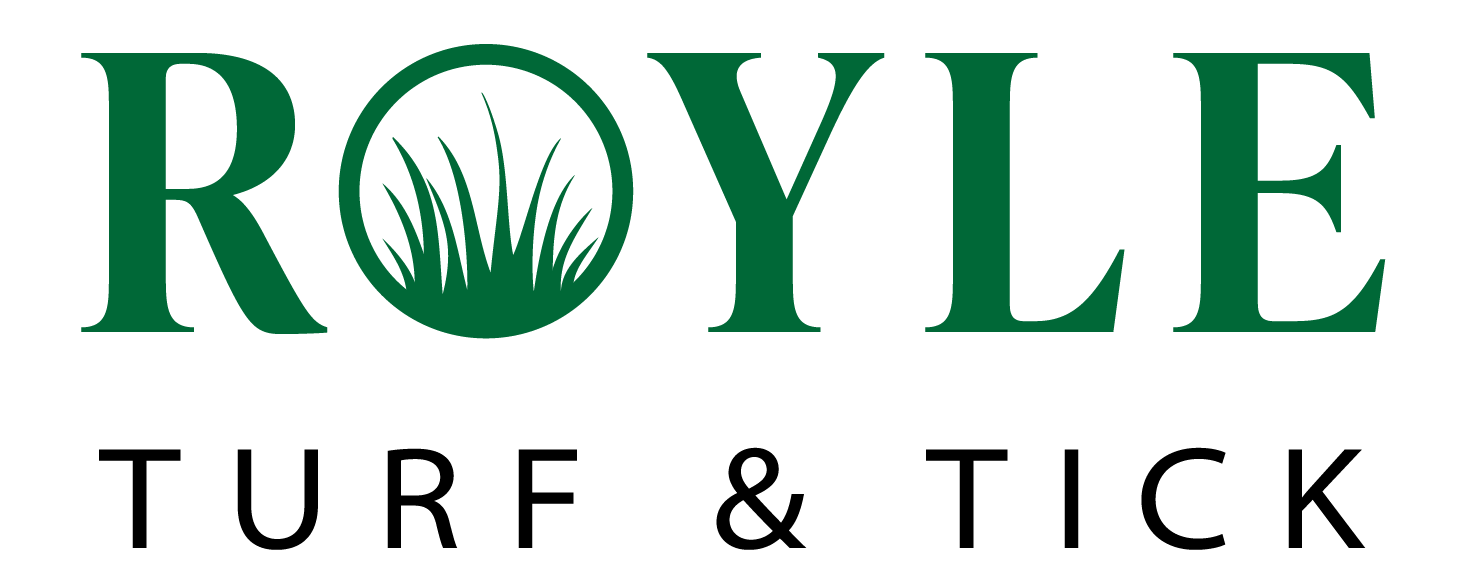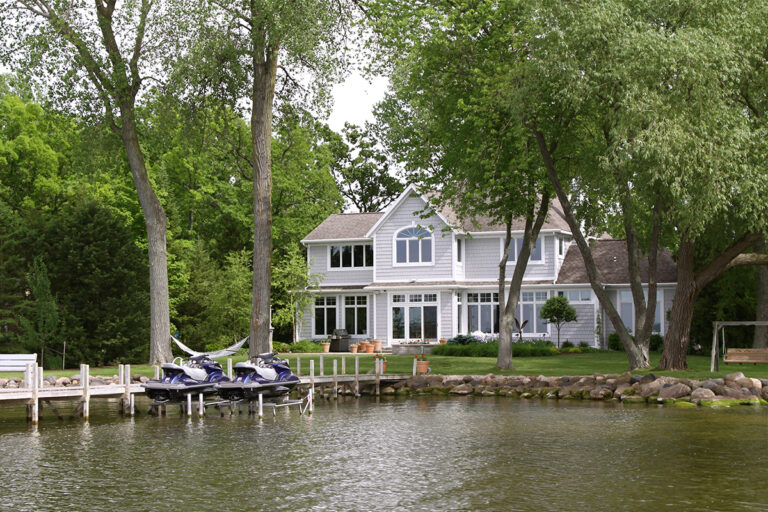Everyone knows how important bees are for our planet. There is no disputing that bee numbers have declined in the United States over the past couple of decades.
Now, there are a lot of factors contributing to the decline; loss of habitat, disease, mites, climate change, and pesticides. As a horticulturist, keeping our bee populations healthy and abundant is always a priority. Our practices absolutely can not hurt the population by any means. We don’t want to settle for just maintaining the population, we try to encourage population growth.
How We Mitigate the Risk to Bees
Let’s start with how we mitigate the risk to bees. The most important precaution we take is to never spray anything in bloom. Bees don’t frequently inhabit lawn areas unless there are dandelions or clover. We’ll take care of those weeds when they aren’t in bloom. Now, when it comes to insecticides on turf, we follow a strict Integrated Pest Management approach. We don’t believe in preventive applications for surface-feeding insects.
We’ll use chinch bugs for an example of a lawn pest. They produce three generations during the summer months. In order to guarantee results, we would have to apply two or three preventive sprays. Unfortunately, this would also kill all of your lawn’s beneficial insects. Instead, we encourage a healthy population of beneficial insects. Allowing these beneficial insects to flourish will naturally keep the pest population down. We also put a lot of importance on monitoring all properties during peak insect pressure to catch problems before they get out of hand.
Grub Control
Our policy on grub control is slightly different. Grubs can cause irreversible damage without us knowing until it’s too late. We are fortunate enough to have Chlorantraniliprole available to us. It is non-toxic to bees and other beneficial insects. We use that as a preventative to avoid grub problems in the fall. We will not use any neonicotinoids, which have been proven to be toxic to bees in certain applications.
Organic Tick and Mosquito Applications
The decision to only offer organic tick and mosquito applications was a tough one. Traditional chemical control has better efficacy and tends to be less expensive. We always err on the side of safety for our customers, environment, and applicators. Applying a chemical control would go against our company policy. We still see efficacy levels in the 90-95% range with our natural products.
A healthy, diverse landscape can provide a great habitat for bees. That’s why we always encourage our clients to add or maintain native areas, shrubs, trees, etc. We strongly discourage having turfgrass across their whole property. A well-balanced property can be both aesthetically appealing and environmentally beneficial.


